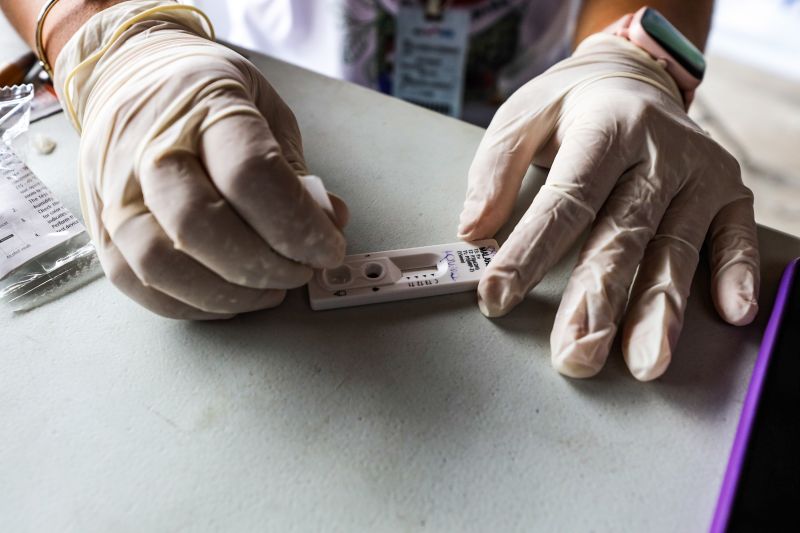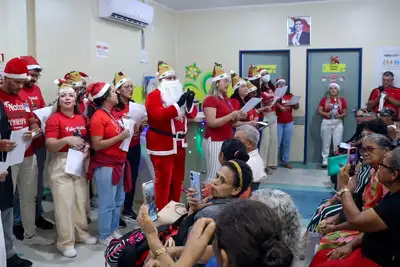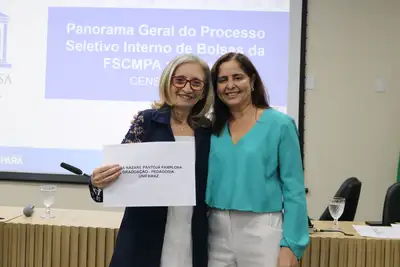On World Malaria Day, Sespa reinforces actions to combat the disease in Pará
Distribution of insecticide-treated nets, medications, and rapid tests drives a 36% reduction in cases in 2025
World Malaria Day, celebrated this Thursday (25), is an opportunity to reinforce the importance of ongoing prevention and control actions for the disease in Pará. The State Department of Public Health (Sespa) highlights that throughout 2025, it has intensified strategies to combat transmission, with investments in rapid diagnosis, treatment, and distribution of supplies in priority areas.

Between January and March of this year, 2,600 insecticide-treated nets were sent to the municipalities of Oeiras do Pará and Cametá, in addition to the distribution of 222,442 antimalarial medication tablets and 14,275 rapid tests to the State's Regional Health Centers. Sespa also reinforced the training of health professionals and provided technical assistance to municipalities, strengthening epidemiological surveillance in the towns.
These actions have contributed to positive results: Pará recorded, by the end of March, a 36% reduction in the number of malaria cases compared to the same period in 2024. According to the Malaria Control Coordination of Sespa, 4,293 cases have been confirmed this year, compared to 23,205 records in the previous year, all without fatalities.
Malaria is a disease transmitted by the bite of the female Anopheles mosquito, and its main symptoms include high fever, headache, chills, and sweating. Sespa emphasizes the importance of seeking early medical attention in case of symptoms and completing the treatment, which is free and offered at health units in the State.
In addition to prevention actions, Sespa has invested in new technologies for rapid diagnosis and the use of tafenoquine, an innovative medication that allows for the cure of malaria caused by Plasmodium vivax in a single dose, increasing the effectiveness of treatment.
The Department reaffirms its commitment to remain mobilized in the fight against malaria, working in partnership with the 144 municipalities in Pará and promoting health and quality of life for the population.
Symptoms and treatment
Malaria is caused by a parasite transmitted by the bite of the female Anopheles mosquito, which becomes infected by biting an ill person. The main symptoms are headache, high fever, chills, shivering, and sweating. Other symptoms that may initially appear include nausea, vomiting, fatigue, and loss of appetite.
Diagnosis can be made through thick blood smear or rapid test. The thick smear is obtained with a blood sample collected directly by finger prick.
Malaria is curable, and the treatment is effective, simple, and free. However, if not diagnosed and treated promptly and adequately, it can progress to severe forms. Hence, it is important for anyone who has traveled in the last 15 days to a malaria-endemic area to seek health services immediately upon presenting any of these symptoms.
Treatment is based on the patient's weight and parasitic species, which may be P. vivax, P. falciparum, or mixed. With a positive malaria result, the patient receives medications and begins treatment immediately through the Unified Health System (SUS). It is important for the patient to complete the treatment even after symptoms have resolved to achieve full recovery.
The main preventive measures are to install screens on doors and windows of the house if possible; avoid building houses near forests and streams, as these are places where the mosquito lives and reproduces; and use mosquito nets and repellents.









